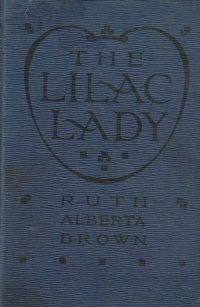 As I mentioned, gentle reader, we have taken in some kittens, which means that they spent the first couple of weeks at Nogglestead sequestered in my office while the other cats got used to their smell and presence and until the veterinarian could pronounce them with a clean bill of health. As such, it has been quite an adventure, as they scamper and romp, most excitingly among the cords and cables that power my QA laboratory–many mornings, I would come into the office and have to troubleshoot what they turned off or unplugged overnight before I could get to work. They’ve also made some book recommendations by knocking the books off of the bookshelves, so I have started to take their advice and read what they’ve knocked down, starting with this book.
As I mentioned, gentle reader, we have taken in some kittens, which means that they spent the first couple of weeks at Nogglestead sequestered in my office while the other cats got used to their smell and presence and until the veterinarian could pronounce them with a clean bill of health. As such, it has been quite an adventure, as they scamper and romp, most excitingly among the cords and cables that power my QA laboratory–many mornings, I would come into the office and have to troubleshoot what they turned off or unplugged overnight before I could get to work. They’ve also made some book recommendations by knocking the books off of the bookshelves, so I have started to take their advice and read what they’ve knocked down, starting with this book.
This book is the middle of a trilogy, apparently–and the first book, At The Little Brown House, ends in the moments before this book begins, so it took me a minute to figure out who the people are. The story centers on Peace Greenfield, a middle child in a set of six orphaned sisters. As the book begins, they’re adopted by a university president who is grandparent aged, and they go to his house and learn various and sundry lessons there.
Peace likes to give to the poor, and she’s often duped by ragamuffins and hoboes who show up for a handout, but she learns that some individuals who arrive are not in desperate straits but want the money to fund their non-working lifestyle or for alcohol. So her adopted father explains she should give to charities that can filter and follow-up on giving.
She meets the Lilac Lady, an injured and dying former singer from a well-to-do family who lives next door but behind vast hedges. The Lilac Lady shut herself off from the world after her accident that left her invalid, but Peace comes over and gets her to open up. Peace meets kids at the local orphan home and gets an inside view after briefly changing places with a resident who looks like her. She then gets the Lilac Lady to host a party for the orphans to the benefit of both.
When she returns to her old town to visit old friends, a scarlet fever outbreak at her new home forces her to live with her friends for a number of months, and she makes friends and has adventures there, too.
So it’s not a single plot piece, but some of the elements come together at a big Independence Day party at the end (as I assume happened in the first book, as they are leaving a party early on). But it’s a series of smaller adventures with little life lessons in them an examples of a child having a good heart. She’s like an older generation Ramona Quimby.
So this is a children’s book, presumably geared to little girls, perhaps even to be read to little girls. But let’s look into the language used, ainna?
Having a naturally light-hearted, merry disposition, Peace did not find it hard work to “smile and talk,” but it was hard, very hard, to restrain her generous impulses to give away everything she possessed to those less fortunate than herself, and it soon became a familiar sight to see her fly excitedly into the house straight to the study where the busy President spent many hours each day, exclaiming breathlessly as she ran, “Oh, grandpa, there is a little beggar at the door in perfect rags and tatters! Just come and look if she doesn’t need some clothes. And she is so cold and pinched up with being empty. Gussie has fed her, but can’t I give her some things to wear? I’ve more than I need, truly!”
This is not diction from a children’s book in the 21st century.
So a good book to read to your kids, but also a good artifact of the way we were.
The book itself only bears the copyright date, 1914, but not a printing/publishing date–but it doesn’t look as though this would have been in print for decades. So the pages are a bit brown, but the binding is tight, and it’s not disintegrating like The Saint Meets His Match. So that’s kind of nice. And helpful considering how it was suggested to me.
 Quick, what is the first comic book movie starring Chris Evans and Brie Larson? If you pick one of the Marvel movies, you’re mistaken–they both appear in this film based on a comic book series. I’d hoped that that would have come up on a trivia night the night after we watched this film, but it did not–2004 films fall into the dead zone of trivia these days. I might have a post for a later time about trivia nights in the 2020s, but that’s for another time.
Quick, what is the first comic book movie starring Chris Evans and Brie Larson? If you pick one of the Marvel movies, you’re mistaken–they both appear in this film based on a comic book series. I’d hoped that that would have come up on a trivia night the night after we watched this film, but it did not–2004 films fall into the dead zone of trivia these days. I might have a post for a later time about trivia nights in the 2020s, but that’s for another time.
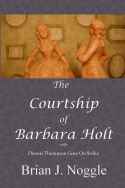

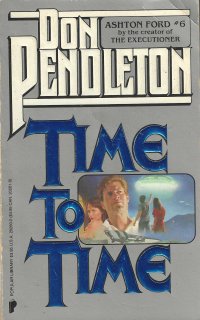 Well, make this my year of completing sets, or at least groups of books that I have. I mean, I finished all of the books in the Executioner series that I own; I finished the set of James Blish Star Trek books I had on my to-read shelves; I finished the Doubleday children’s books I’d picked up, perhaps for my children but never shared with them. Since I only had three books in the six-book Ashton Ford series, why not?
Well, make this my year of completing sets, or at least groups of books that I have. I mean, I finished all of the books in the Executioner series that I own; I finished the set of James Blish Star Trek books I had on my to-read shelves; I finished the Doubleday children’s books I’d picked up, perhaps for my children but never shared with them. Since I only had three books in the six-book Ashton Ford series, why not?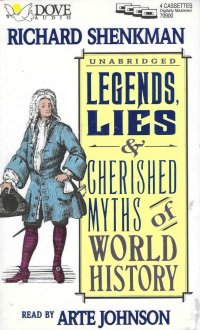 I started listening to this audiobook on the drive to and from the St. Louis area in October and finished it up last weekend on a trip to Poplar Bluff. It’s read by Arte Johnson, whose name I recognized. He was that guy on that one comedy sketch show you played a Nazi. You know, when you could laugh at Nazis instead of think they were the worst thing to compare your contemporary foibles to. No, not the “I saw nothing!” Nazi. The “Very Interesting” Nazi from Rowan and Martin’s Laugh-In:
I started listening to this audiobook on the drive to and from the St. Louis area in October and finished it up last weekend on a trip to Poplar Bluff. It’s read by Arte Johnson, whose name I recognized. He was that guy on that one comedy sketch show you played a Nazi. You know, when you could laugh at Nazis instead of think they were the worst thing to compare your contemporary foibles to. No, not the “I saw nothing!” Nazi. The “Very Interesting” Nazi from Rowan and Martin’s Laugh-In: I have been holding out on you, gentle reader. And by “holding out on you,” I mean “have been lazy.” I actually listened to this audiobook the last weekend of October on the way to my boys’ last marching band festival of the year and have only gotten around to writing about it now. Which means I will have forgotten anything I really want to say about it. Actually, I don’t know if I had anything in particular I wanted to say–it’s hard to put a little sticky note into the pages of an audiobook when you’re driving 80 miles an hour down the highway.
I have been holding out on you, gentle reader. And by “holding out on you,” I mean “have been lazy.” I actually listened to this audiobook the last weekend of October on the way to my boys’ last marching band festival of the year and have only gotten around to writing about it now. Which means I will have forgotten anything I really want to say about it. Actually, I don’t know if I had anything in particular I wanted to say–it’s hard to put a little sticky note into the pages of an audiobook when you’re driving 80 miles an hour down the highway.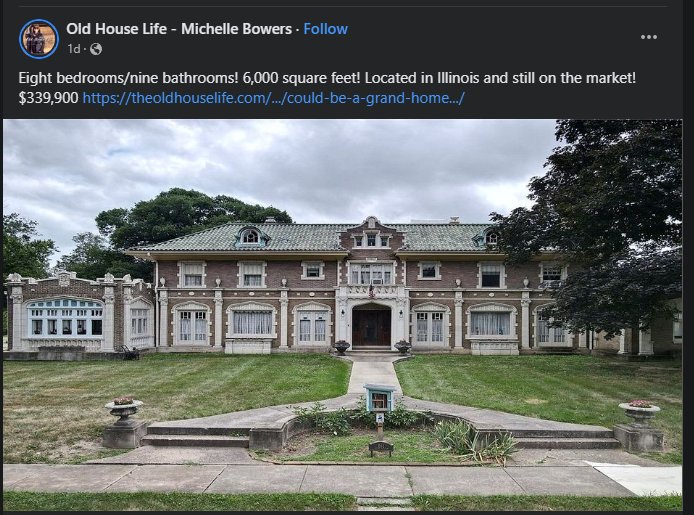
 Alright, kids, I’m a bit late to this party. This film came out when I was twenty-five years old. I’d just met with a beautiful girl who would become my beautiful wife, but I also briefly reunited with a lovely young lady who would not. I was busy, you know. What’s that, gentle reader? The film came out the same year as The Man Who Knew Too Little, a Bill Murray film I saw in the cinemas with that woman I would claim (or would claim me). So this film came out in my cinema-heavy years, but I did not see it in the cinema or anywhere else for twenty-five years. Like
Alright, kids, I’m a bit late to this party. This film came out when I was twenty-five years old. I’d just met with a beautiful girl who would become my beautiful wife, but I also briefly reunited with a lovely young lady who would not. I was busy, you know. What’s that, gentle reader? The film came out the same year as The Man Who Knew Too Little, a Bill Murray film I saw in the cinemas with that woman I would claim (or would claim me). So this film came out in my cinema-heavy years, but I did not see it in the cinema or anywhere else for twenty-five years. Like 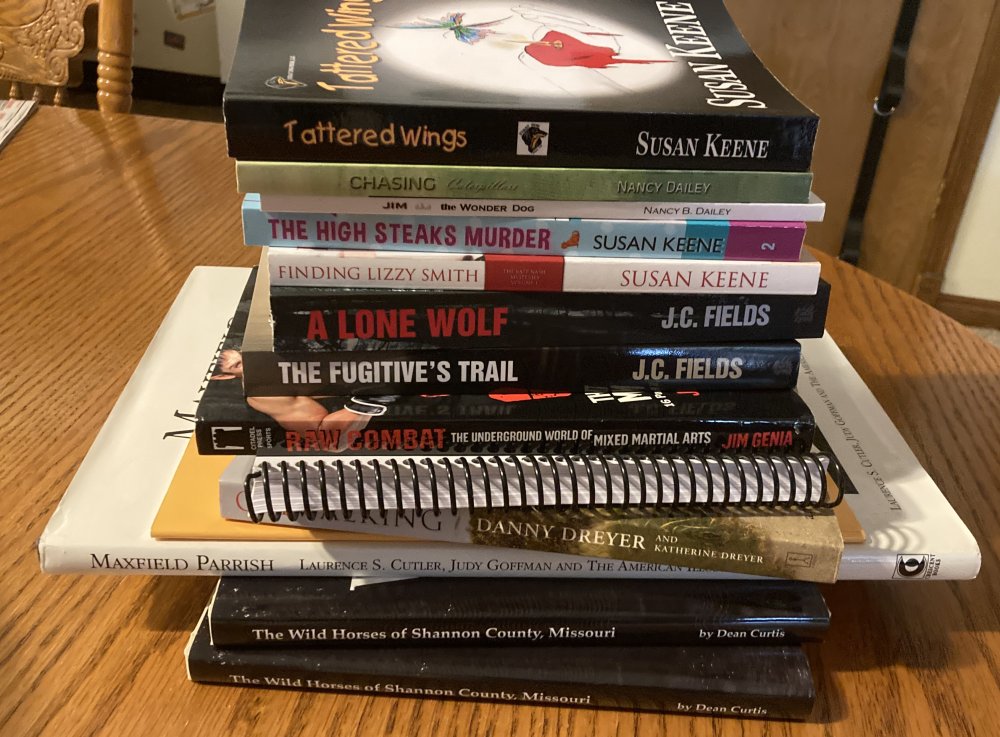
 As I mentioned, gentle reader, we have
As I mentioned, gentle reader, we have 
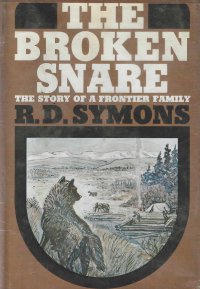 Well, I seasoned this book well enough. I bought it
Well, I seasoned this book well enough. I bought it 

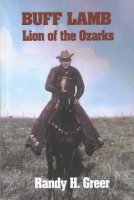 I got this book at ABC Books during a book signing
I got this book at ABC Books during a book signing